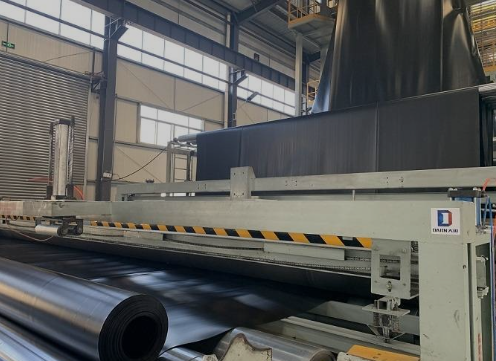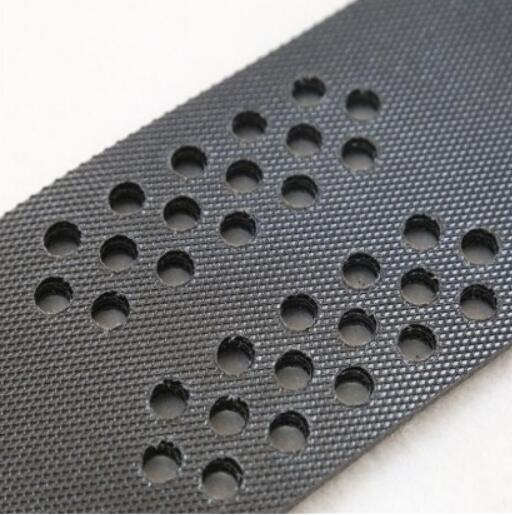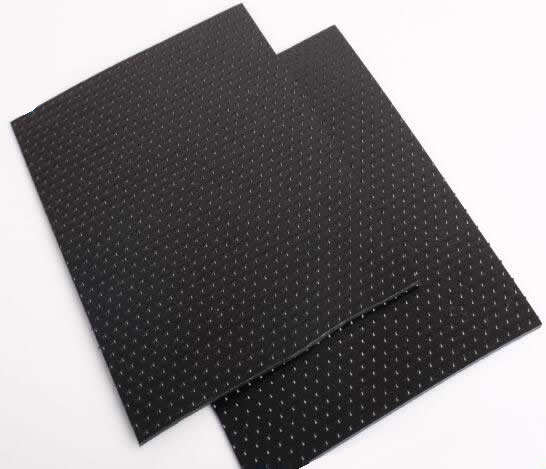- Understanding the Role of Geomembrane Liners in Waste Management
- Innovations in Geomembrane Liners for Water Management
- Geomembrane Liners: A Comprehensive Guide
- The Future of Geomembrane Liners in Civil Engineering
- Geomembrane Liners: Enhancing Landfill Stability
Manager:Alvin Wang
WhatsApp:+62 8983806051
Tel:+86 10-5797-1075
Email:steelwang@okorder.com
Address:3rd Floor, No.2 Building, No.1 Sanlihe Road
What is the weakness of HDPE geomembrane?
For instance, High-Density Polyethylene (HDPE) geomembranes are preferred for many applications that involve containment and environmental protection due to their ability to endure, be flexible as well as resist chemicals. Nonetheless, hdpe Geomembranes have certain weaknesses or limitations just like any other material, which engineers and project stakeholders can take into consideration while deciding on the type of a geosynthetic material to use. In this paper, we will examine the weaknesses of HDPE geoms, how they impact engineering projects and methods of reducing associated risks.

The Weaknesses inherent in HDPE Geomembranes
Material Degradation:
Degradability is one of the main disadvantages that HDPE geomembranes possess over time. Though HDP is inherently immune to factors such as chemicals, biologicals and environment; it can degrade if exposed to environments with aggressive chemicals, high temperatures ultraviolet radiations or mechanical stresses leading to reduction in tensile properties embrittlement and shorter service life.
UV Degradation:
Prolonged exposure to sunlight breaks down UV radiation and the polymer chains within these geomembrane causing surface oxidation, chalking discoloration and loss of flexibility. As regards this thus UV degradation weakens these geomembrane materials leading them susceptible to premature failure particularly when used in exposed setting such as covers for landfills ponds liners reservoirs etc..
Chemical Exposure:
While many chemicals do not have an effect on HDPE geomembranes; there are still some substances which may lead to their degradation – strong acids bases solvents hydrocarbons among others. This happens through scissioning polymer chain; oxidizing or hydrolyzing thereby weakening chemical resistance impermeability mechanical characteristics of the GM (Geomembrane). For controlling chemical decomposition risk it is important selecting geosynthetics with proper chemical resistance.
Mechanical Stress:
HDPE geomembranes also undergo mechanical stress such as punctures, tears and abrasion thereby endangering the integrity of the liner. These mechanical stressors could take place either during installation/operation/maintenance actions or result in localized damage to the GM barrier. For minimizing incidence of HDPE geomembrane mechanical damages, it is necessary to exercise proper handling techniques, installation procedures and protective measures.
Implications for Engineering Projects
Structural Integrity:
Degradation of HDPE geomembranes may destroy their structural integrity hence causing leakage and seepage in containment applications that can result in environmental contamination. Failure of a geosynthetic membrane liner has significant financial, legal and environmental implications on engineering projects which involve clean-up costs, remediation efforts and potential liabilities.
Service Life:
Moreover, they influence service life of these geosynthetics involved in various civil engineering projects. Early replacement/sudden need for repair because of premature degradation resulting from UV rays attack or chemical assault on the GM can be costly on construction work budget while at once interrupting project activities. Ensuring longevity with dependability regarding lining materials prevents failure of containment systems throughout their lifecycle.
Environmental Impact:
Also it should be mentioned that weaknesses inherent in HDPE geoms if used for hazardous/toxic containment purposes will have some environmental impacts as well. Once there are structural failures or breaches within lining material like geomembrane; the environment around will be polluted by release pollutants contaminants and hazardous substances into surroundings threatening human wildlife ecosystems. Therefore, robust risk management approaches planning must be formulated to handle these cases whenever geotextile membranes fails.
Mitigation Strategies
Choosing Materials:
To minimize degradation risks and ensure long-term performance, it is important to choose HDPE geomembranes with suitable thicknesses, additives and properties. In order to improve durability as well as resistivity against environmental aspects, UV stabilizers and anti-oxidants should be developed together with chemical resistant additives for the Geomembrane materials. When selecting geomembrane materials consider project-specific requirements, environmental conditions, and performance criteria.
Installation Practices:
For example, proper installation techniques such as surface preparation, seam welding and quality assurance measures are fundamental in preventing premature degradation of HDPE geomembranes. To ensure there are watertight seals at the seam integrity and protection against mechanical damage use the manufacturer guidelines and best practices for geomebrane installation according to industry standards. Implementing proper slope, drainage, and cover soil measures can also minimize UV exposure and environmental degradation.
Monitoring and Maintenance:
In order to detect early signs of degradation, damage or deterioration that could be acted upon promptly through corrective measures; regular monitoring plus maintenance of HDPE geomembranes becomes vital. Assess the current condition of the geomembrane through visual inspections conducted periodically as well as leak detection surveys plus performance evaluations. Failure to take prompt action on any shortcomings or deficiencies can lead to escalation hence undermining effective long-term functioning of geomerbane containment systems.

Conclusion
While HDPE geomembranes possess numerous advantages like durability, flexibility and chemical resistance they do have certain weaknesses too. Consequently engineering projects require an understanding that enables them manage risks effectively while guaranteeing containment systems reliability in view of HDPEs weakness such as susceptibility to UV degradation, chemical exposure or physical stress among others. By implementing appropriate mitigation strategies such as material selection, installation practices, monitoring procedures etc., engineers together with project stakeholders can overcome these drawbacks thus optimizing their performance in environmental protection/contaminant control applications.
-
2024-12-05Geomembrane Liners: A Comprehensive Guide






